
The Romanov dynasty, rulers of Russia for over three centuries, has always been associated with grandeur, tradition, and power. Among the most significant events in the dynasty's storied history was the wedding of Tsar Nicholas II and Alexandra Feodorovna. This event, held on November 26, 1894, was not only a royal celebration but also a pivotal moment in Russian history, symbolizing both the height of Imperial Russia and the beginning of its tragic decline.
A Match Made in History
Nicholas II, the last Emperor of Russia, was the eldest son of Tsar Alexander III and Empress Maria Feodorovna. Alexandra Feodorovna, born as Princess Alix of Hesse, was the granddaughter of Queen Victoria of the United Kingdom. Their union was not just a marriage of two individuals but also a merging of powerful European dynasties.
Nicholas and Alix met in 1884 at the wedding of Alix's sister to Nicholas's uncle. It was a classic case of love at first sight, at least for Nicholas, who became determined to marry her. However, their path to the altar was fraught with challenges. Alexandra was initially hesitant, partly due to her devout Lutheran faith, which conflicted with the Russian Orthodox Church. However, love triumphed, and Alexandra converted to Orthodoxy, adopting the name Alexandra Feodorovna.
The Grand Wedding Ceremony
The wedding was held in the Grand Church of the Winter Palace in St. Petersburg, one of the most magnificent and historically significant locations in Imperial Russia. The ceremony was steeped in tradition and opulence, reflecting the grandeur of the Romanov dynasty.
Alexandra, dressed in a stunning gown adorned with diamonds and pearls, was the epitome of royal elegance. Her dress was made of silver cloth and heavily embroidered with intricate designs. The wedding also featured the Romanov nuptial crown, a masterpiece of Russian craftsmanship encrusted with the most exquisite jewels.
The ceremony itself was an elaborate affair, following the ancient rites of the Russian Orthodox Church. The couple exchanged rings, symbolizing their eternal bond, and were crowned as husband and wife—a symbolic act in Russian tradition where the couple is crowned as the rulers of their own household. The service was attended by the most prominent members of European royalty, adding to the event's prestige.
The Reception: A Feast of Imperial Proportions
Following the religious ceremony, the celebrations continued with a grand reception at the Winter Palace. The reception was a feast of epic proportions, showcasing the wealth and culinary expertise of the Russian Empire. The palace was decorated with lavish floral arrangements, while tables were laden with the finest dishes, including caviar, game, and champagne.
The festivities lasted for several days, with balls, banquets, and various entertainments. For the Russian people, the wedding was a cause for national celebration, and the streets of St. Petersburg were filled with joy and excitement.
The Legacy of the Romanov Wedding
While the wedding of Nicholas and Alexandra was a magnificent celebration, it also marked the beginning of a complex and ultimately tragic chapter in Russian history. Nicholas's reign, which began in earnest shortly after the wedding, was marked by political turmoil, war, and the eventual downfall of the Romanov dynasty during the Russian Revolution of 1917.
Alexandra, who became a deeply influential figure in Nicholas's life, was often criticized for her perceived influence over the Tsar and her association with the mystic Rasputin. The couple's devotion to each other, while deeply romantic, also contributed to their isolation from the Russian public and nobility.
The Romanov wedding, in hindsight, was a final glittering display of the imperial splendor that would soon be lost to history. Yet, it remains a moment of fascination for historians and romantics alike—a reminder of a world that once was, filled with opulence, tradition, and the complexities of royal life.
The wedding of Tsar Nicholas II and Alexandra Feodorovna continues to captivate the imagination, not only for its historical significance but also for the glimpse it offers into the opulent world of the Romanovs. It was a day of immense celebration, yet it also foreshadowed the end of an era—an era that, despite its downfall, remains an indelible part of Russia's rich tapestry.
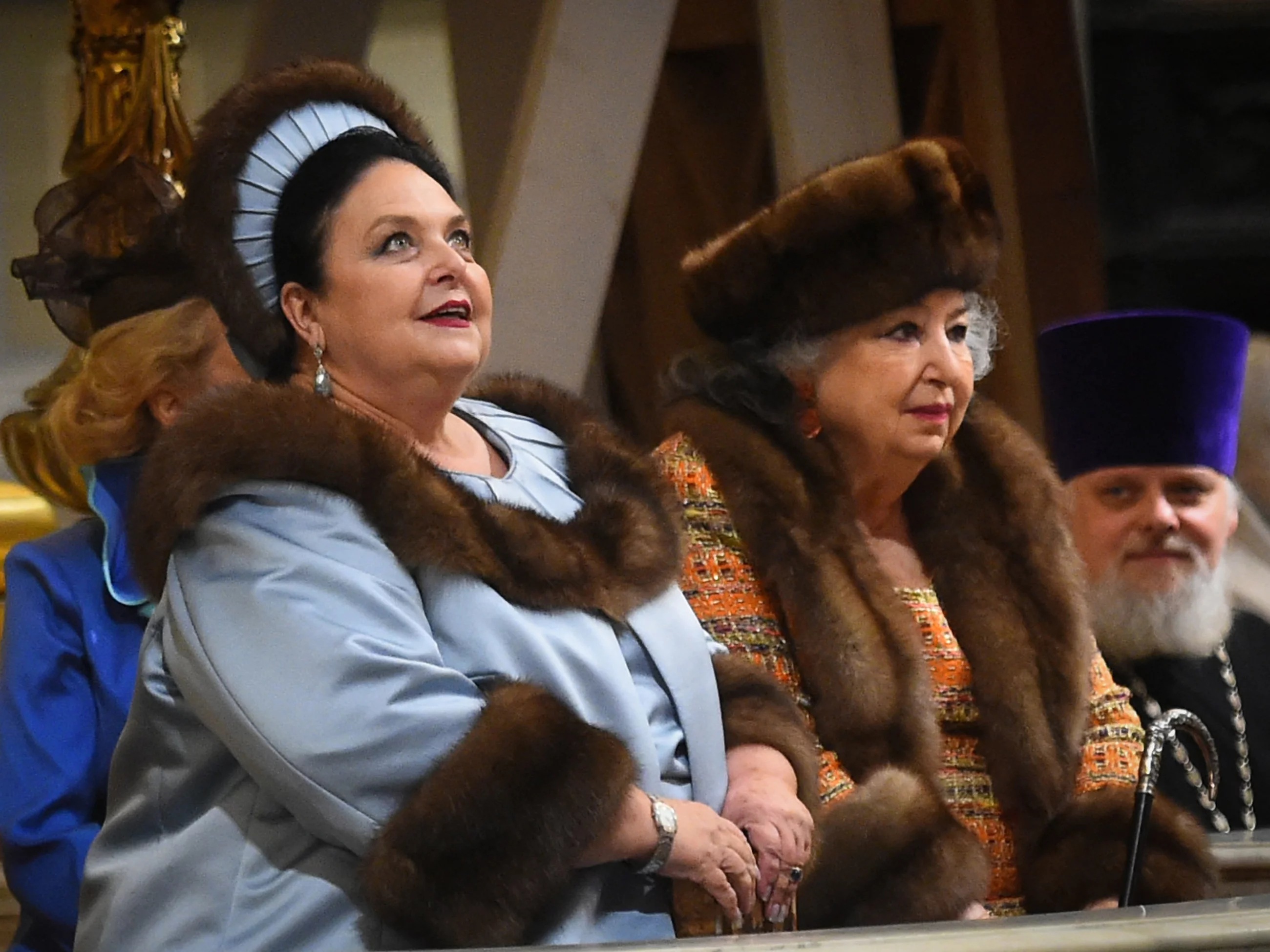
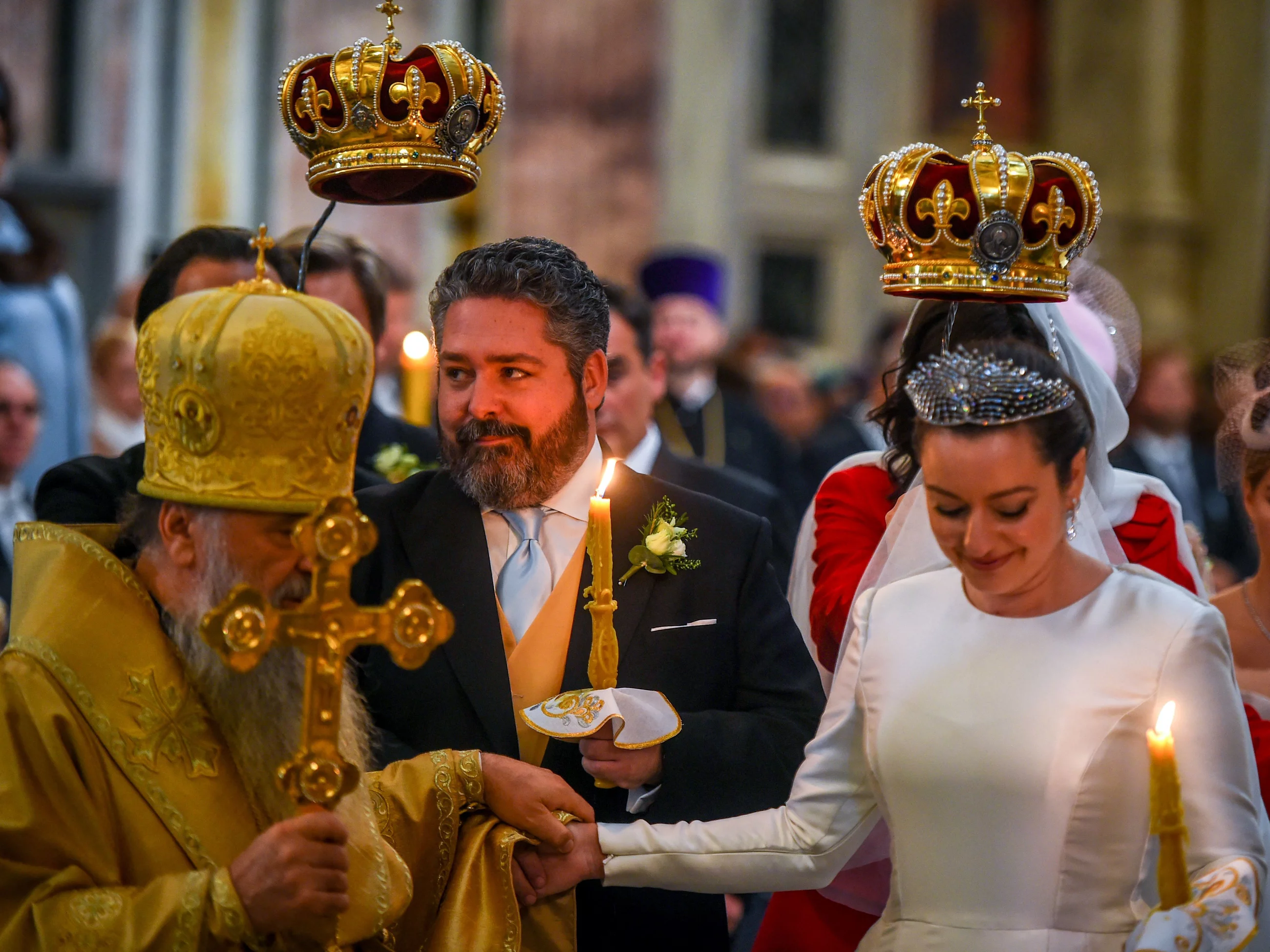
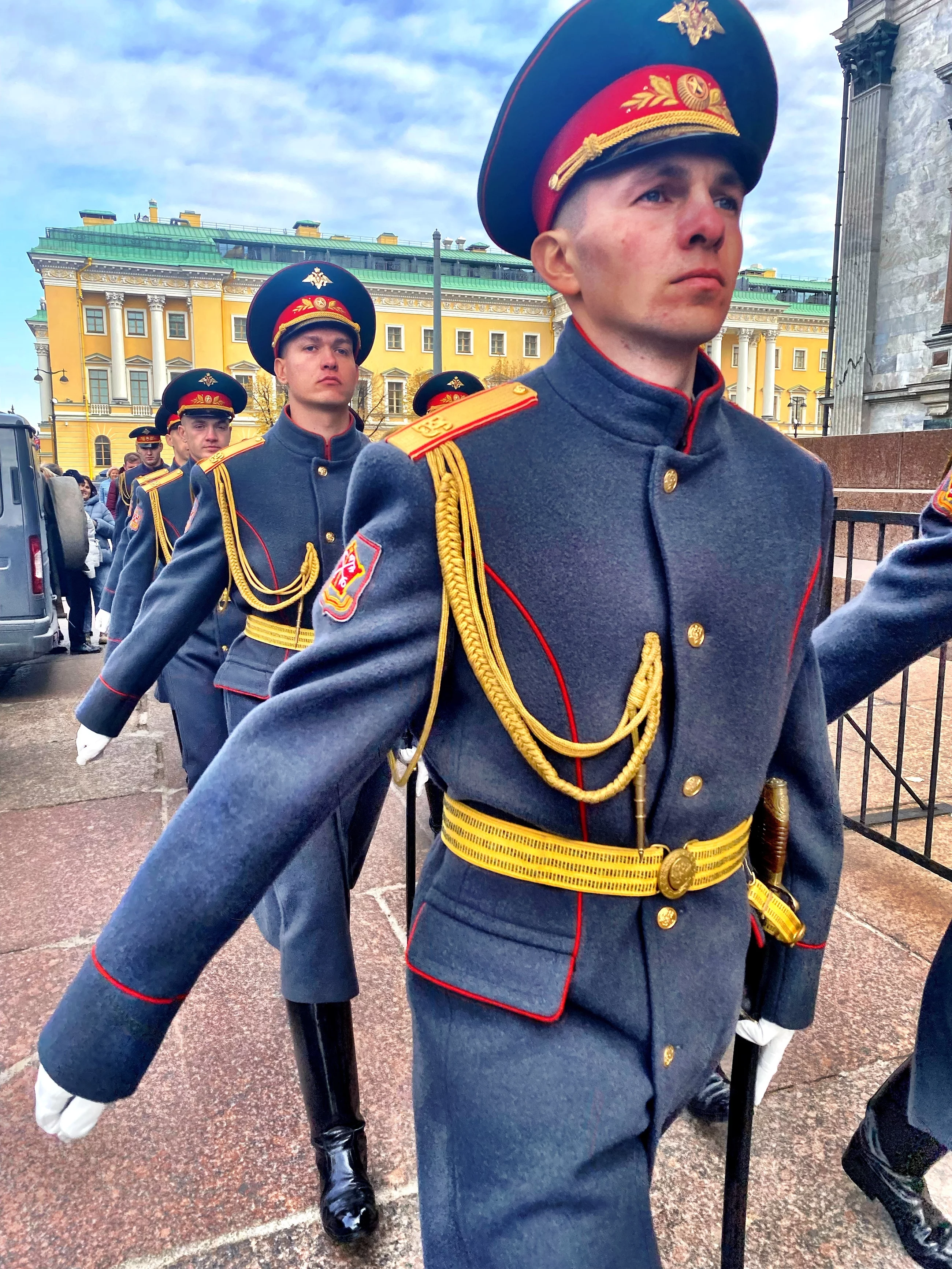
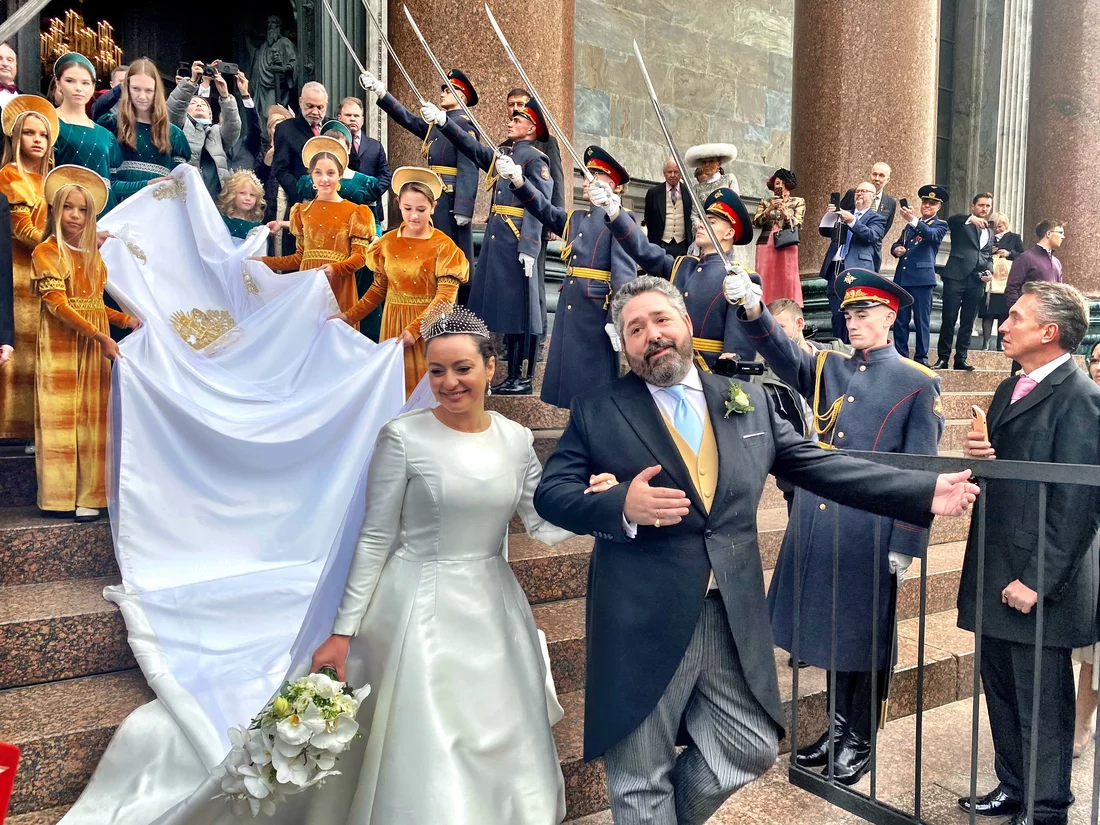
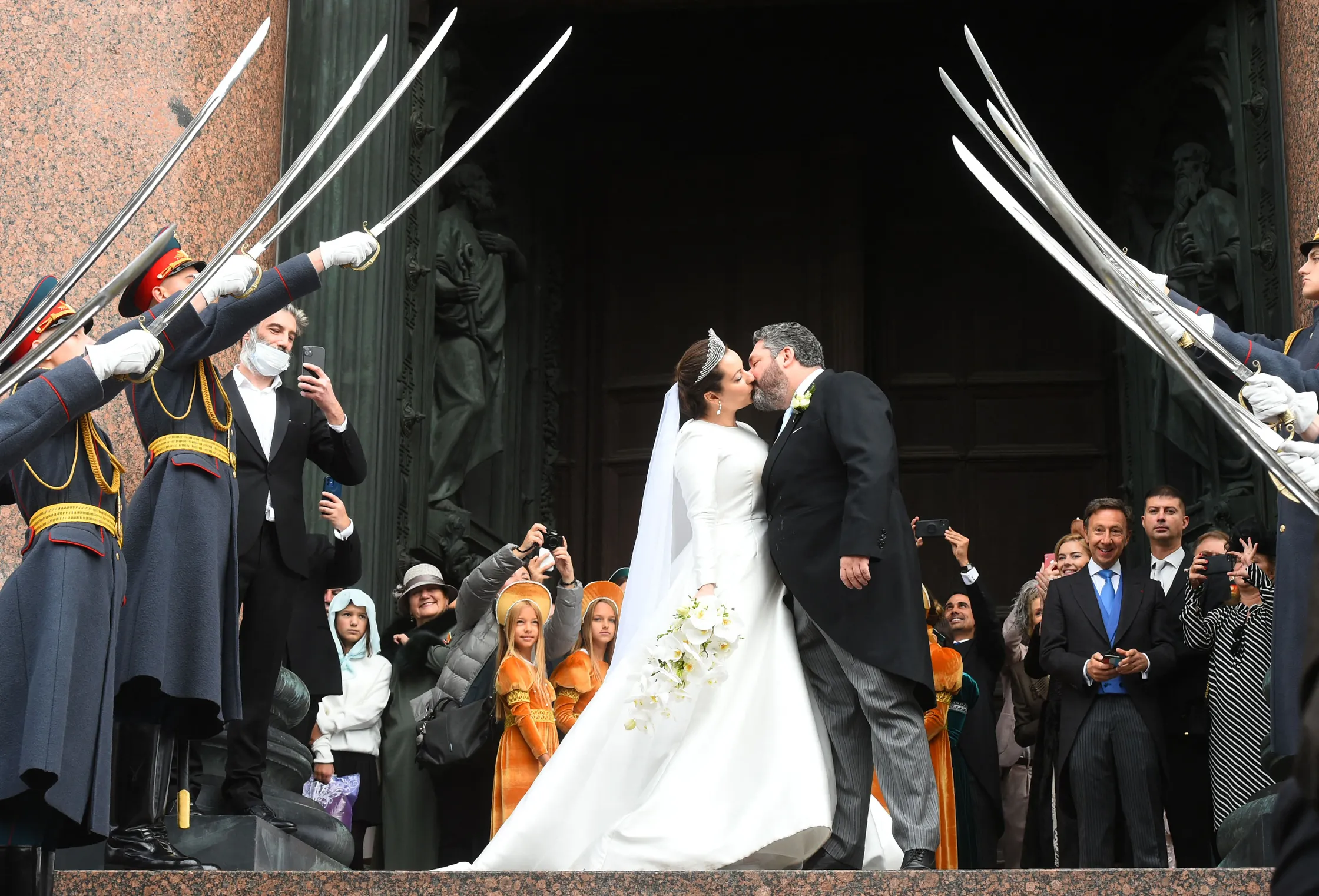
















































Comments